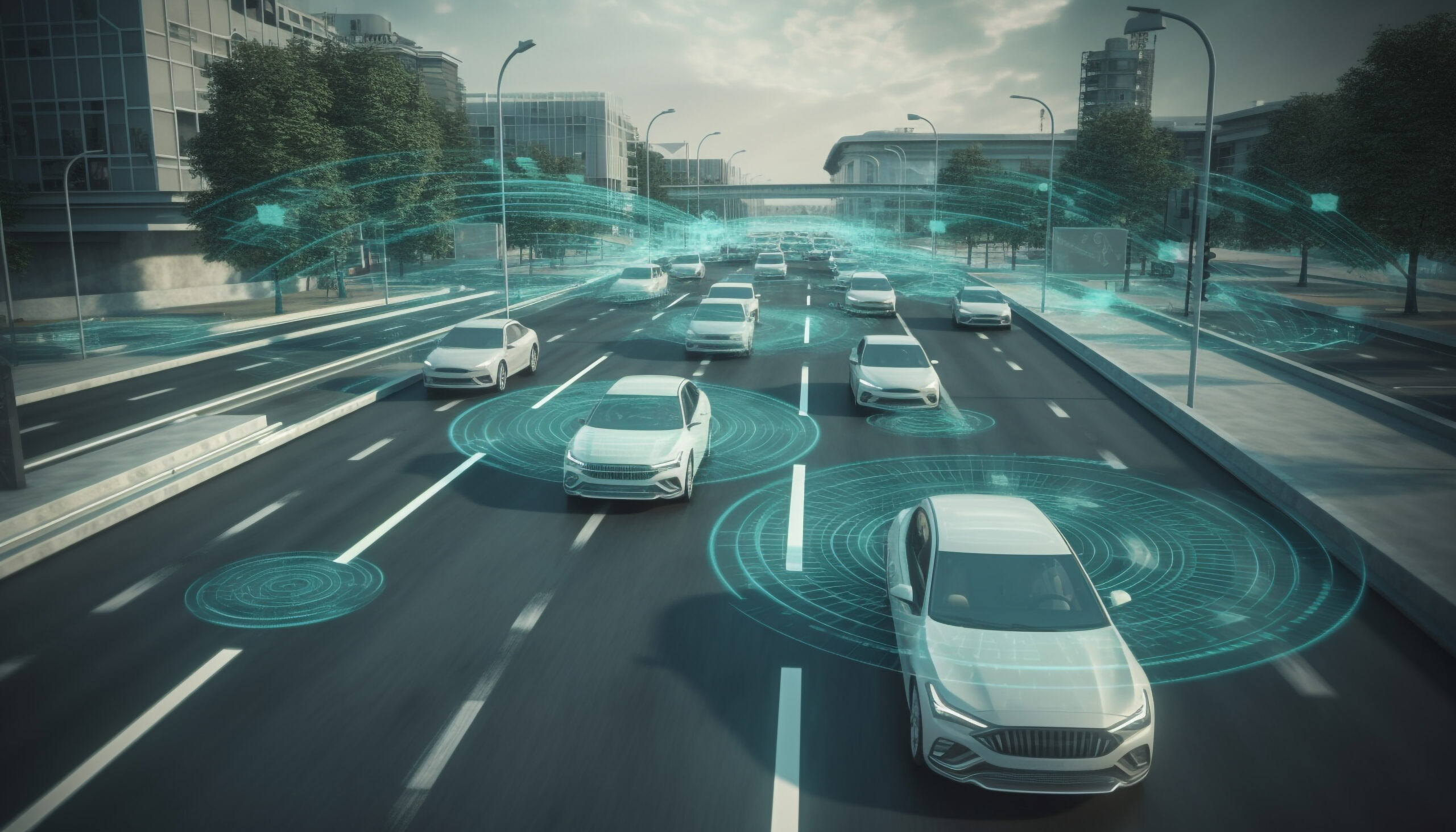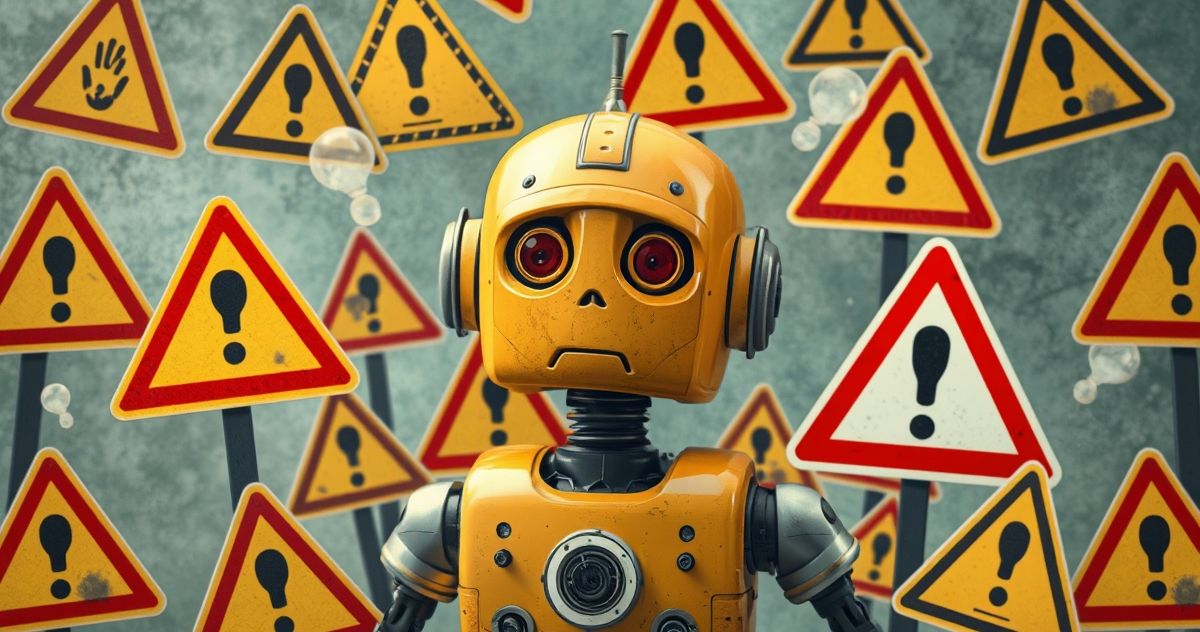Artificial Intelligence (AI) is rapidly evolving, with a growing presence in industries ranging from healthcare to transportation. But as AI continues to play a role in more high-stakes decisions, we are left to ponder an unsettling question: What happens when machines are entrusted with life-or-death decisions?
From self-driving cars making split-second choices to AI systems determining the allocation of medical resources, these technologies present profound ethical, legal, and societal dilemmas. In this article, we’ll explore the impact of AI in these high-stakes scenarios, the ethical concerns they raise, and how society is working to ensure accountability and safety in life-critical AI systems.
When AI Makes Life-or-Death Decisions
1. Autonomous Vehicles: Split-Second Choices on the Road
Self-driving cars, powered by AI, are designed to navigate traffic, avoid accidents, and make instantaneous decisions during emergencies. But when faced with a life-or-death choice—like deciding whether to hit a pedestrian or veer into a dangerous situation—how does AI make the right call?
- The Trolley Problem Revisited: MIT’s Moral Machine Experiment surveyed millions of people to understand cultural differences in moral preferences related to autonomous vehicle decision-making (MIT Media Lab).
- Real-World Impact: Tesla’s Autopilot and Waymo’s self-driving systems have been involved in accidents that have prompted investigations into liability and the legal frameworks surrounding autonomous vehicles (NHTSA).
2. AI in Healthcare: Diagnosing Diseases and Allocating Resources
AI is transforming healthcare by enabling rapid diagnosis of diseases and predicting patient outcomes with remarkable accuracy. But what happens when AI is tasked with deciding who gets access to limited resources, such as life-saving treatments or ventilators?
- Case Study – COVID-19: During the pandemic, several hospitals turned to AI for ventilator allocation, sparking debates about fairness and the ethics of allowing algorithms to prioritize who lives and who dies (WHO).
- Bias Risks: AI can inherit biases from the data it’s trained on, leading to disparities in patient care. A Nature Medicine study highlighted that AI diagnostic systems may show bias against certain demographics (Nature Medicine).
3. Military AI: Autonomous Weapons and Warfare
The development of Lethal Autonomous Weapons (LAWs) brings AI into military combat, where it can identify and engage targets without human intervention. The ethical implications of such technology are deeply concerning.
- UN Regulations: The Campaign to Stop Killer Robots advocates for a global ban on fully autonomous weapons that can make life-or-death decisions without human oversight (StopKillerRobots.org).
- Accountability Gap: When an autonomous drone makes a fatal error, who is responsible? Is it the programmer, the military, or the AI itself?
The Ethical Dilemmas of Machine Decision-Making
Who is Accountable?
One of the biggest challenges in life-or-death decisions made by AI is accountability. Unlike humans, AI lacks moral reasoning or consciousness, making it difficult to assign blame when something goes wrong. For instance:
- If an AI-powered vehicle kills a pedestrian or a medical AI misdiagnoses a patient, who is legally responsible? Current legal frameworks are struggling to keep up with these emerging technologies.
Bias and Fairness
AI systems learn from historical data, which can contain biases based on race, gender, or socioeconomic status. These biases can impact life-or-death decisions, as demonstrated by the following:
- A ProPublica investigation found that an AI system used in the U.S. court system was biased against Black defendants, revealing the potential for AI to perpetuate and amplify societal inequalities (ProPublica).
Transparency and Trust
AI decision-making processes are often “black boxes,” making it challenging to understand how conclusions are reached. This lack of transparency is especially concerning in life-critical scenarios, where decisions need to be explainable and accountable. Emerging technologies like Explainable AI (XAI) aim to address these issues by providing clarity into the decision-making processes of AI systems.
In life-and-death decisions, the transparency of AI’s decision-making process is paramount. People need to understand how and why a machine made a specific decision. AI “black-box” models, where the decision-making process is not easily understood, are a significant concern in this area (IEEE Global Initiative on Ethics of Autonomous and Intelligent Systems).
How Should Society Respond?
Regulation and Oversight
To mitigate the risks of AI making life-or-death decisions, it is crucial to establish robust ethical guidelines and regulations. One significant step in this direction is the European Union’s AI Act, which aims to regulate high-risk AI applications and ensure that safety, fairness, and accountability are built into the systems used in life-critical sectors (European Commission).
Human-in-the-Loop Systems
One approach to ensuring safety in AI decision-making is to implement human-in-the-loop (HITL) systems. These systems require a human to review and approve critical decisions, particularly in areas such as healthcare and autonomous driving, where life-and-death consequences are at stake.
Public Awareness and Debate
Encouraging public discussion about the ethical implications of AI is essential to shaping policies that reflect societal values. Governments, industries, and academia must engage in open dialogue to ensure that AI is developed and used responsibly.
AI’s role in making life-or-death decisions is both transformative and fraught with ethical concerns. While AI can enhance decision-making efficiency and accuracy in fields like healthcare and autonomous transportation, it also raises critical questions about accountability, fairness, and human oversight. As AI continues to evolve, society must work together to establish ethical frameworks and regulatory guidelines to ensure that AI technologies are used responsibly, with a focus on transparency, fairness, and human dignity.



